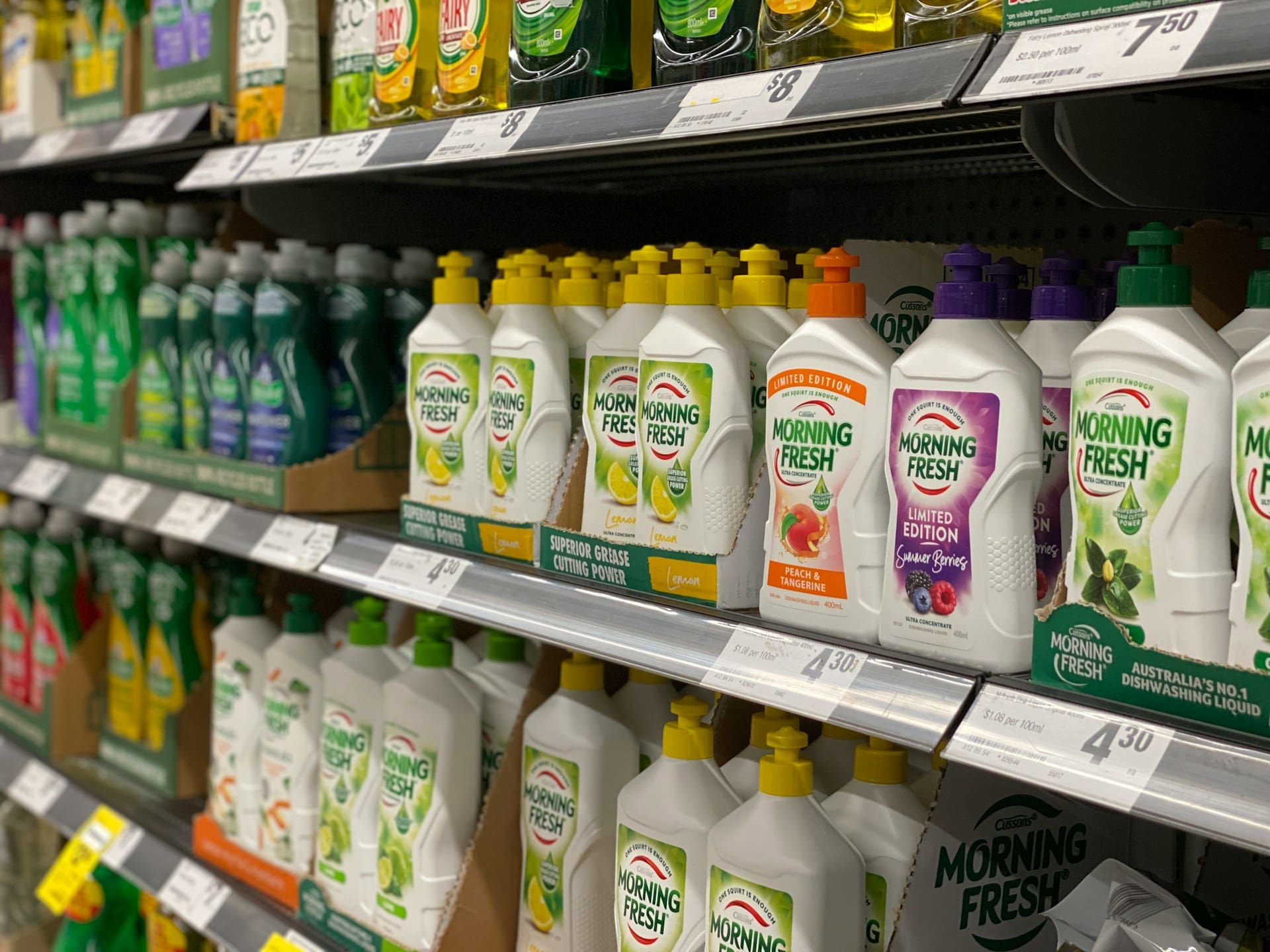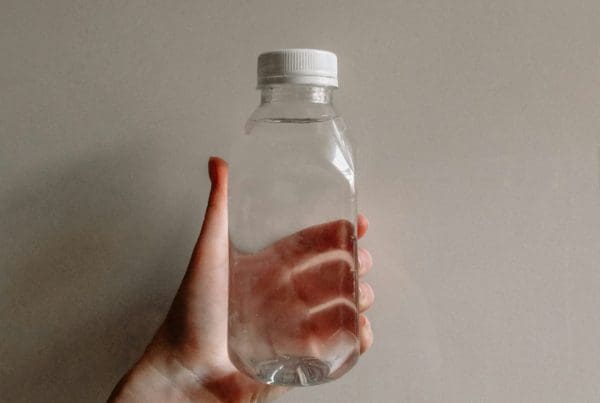Last Updated on 10/04/2025 by Jill Dumas
Xenoestrogens: Hidden Hormone Disruptors Affecting Your Health and Simple Swaps for a Toxic-Free Life
Xenoestrogens – the hidden hormone disruptors. In our modern world, we’re constantly bombarded with information about diet and exercise for optimal health. However, there’s a silent threat lurking in our homes and on our bathroom shelves: xenoestrogens. As a Women’s Health Nutritionist, I’m passionate about empowering you with knowledge that goes beyond the plate. Today, we’re diving deep into the world of these foreign oestrogens, exploring why they pose a risk to your hormonal balance and how you can take control by making simple yet impactful changes to your everyday routines.f
Understanding the Enemy: What Exactly Are Xenoestrogens?
The term “xenoestrogen” might sound like something out of a science fiction movie, but it’s a very real concern. Derived from the Greek word “xenos,” meaning “foreign,” xenoestrogens are natural or, more commonly, synthetic compounds that have a structural similarity to our body’s natural oestrogen. This molecular mimicry allows them to bind to our oestrogen receptors, effectively hijacking our hormonal system.
Unlike our own carefully regulated oestrogen, xenoestrogens can exert strong and often unpredictable oestrogenic effects. This hormonal interference can throw off the delicate balance essential for a multitude of bodily functions, particularly in women.
The Far-Reaching Impact: Why Hidden Hormone Disruptors like Xenoestrogens Matter for Women’s Health
Maintaining optimal oestrogen levels is fundamental to a woman’s well-being throughout her life. When xenoestrogens step in and disrupt this delicate equilibrium, the consequences can be significant:
- Menstrual Cycle Mayhem: Xenoestrogens can interfere with the intricate hormonal dance that governs your menstrual cycle, potentially leading to irregular periods, heavier or lighter flow, and increased PMS symptoms.
- Reproductive Health Challenges: For women trying to conceive, xenoestrogen exposure can be particularly concerning. They have been linked to fertility issues, and may contribute to conditions like endometriosis, uterine fibroids, and polycystic ovary syndrome (PCOS).
- Bone Health Under Threat: Oestrogen plays a crucial role in maintaining bone density. By disrupting normal oestrogen signaling, xenoestrogens may indirectly contribute to weakened bones and an increased risk of osteoporosis later in life.
- Mood Swings and Cognitive Fog: Hormones are powerful messengers that influence our mood, sleep patterns, and cognitive function. Fluctuations caused by xenoestrogens can lead to increased anxiety, irritability, depression, and difficulty concentrating.
- Potential Link to Serious Health Concerns: While research is ongoing, studies suggest a potential association between chronic exposure to certain xenoestrogens and an elevated risk of oestrogen-sensitive cancers, such as breast and ovarian cancer.
The Hidden Sources: Endocrine Disrupting Chemicals in Your Home
The unsettling truth is that many of these hormone-mimicking compounds are hiding in plain sight, embedded in everyday products we use without a second thought. A significant source of xenoestrogen exposure comes from endocrine-disrupting chemicals (EDCs) prevalent in many conventional cleaning and beauty products.
These chemicals can enter our bodies through various routes: absorption through the skin, inhalation of fumes, and even accidental ingestion. Over time, this cumulative exposure can have a significant impact on our hormonal health.
The Dirty Truth About Cleaning Products
Walk down the cleaning aisle of any supermarket, and you’ll be met with a dazzling array of products promising sparkling surfaces and fresh scents. However, many conventional cleaners are formulated with harsh chemicals that can act as potent endocrine disruptors:
- Phthalates: These ubiquitous chemicals are often used to make plastics more flexible and are frequently hidden under the vague term “fragrance” in cleaning products. They are known to interfere with hormone production.
- Alkylphenol Ethoxylates (APEs): Commonly used as detergents and surfactants to break down grease and grime, APEs have been shown to mimic oestrogen in laboratory studies.
- Parabens: Used as preservatives to prevent microbial growth, parabens possess oestrogenic activity and can be absorbed through the skin and respiratory system.
Beauty’s Hidden Dangers: What’s Lurking in Your Cosmetics Bag?
Our skin is our largest organ and readily absorbs the substances we apply to it. This makes the ingredient list of our beauty and personal care products a critical area of focus when it comes to minimising xenoestrogen exposure:
- Parabens: Just like in cleaning products, parabens are widely used as preservatives in lotions, shampoos, conditioners, makeup, and other personal care items.
- Phthalates: Again, these hormone disruptors often lurk within the “fragrance” component of perfumes, lotions, hair sprays, and even nail polish.
- Oxybenzone and Other UV Filters: Some chemical sunscreens contain ingredients like oxybenzone, which has demonstrated oestrogenic effects in animal studies.
- Triclosan: This antibacterial agent, once common in hand soaps and toothpaste, has also been identified as a potential endocrine disruptor.
Empower Yourself: Making the Switch to Safer Alternatives
The good news is that you have the power to significantly reduce your exposure to hidden hormone disruptors such as xenoestrogens and harmful chemicals by making informed choices and embracing safer alternatives. It’s about progress, not perfection, and even small changes can make a big difference over time.
Transform Your Cleaning Routine
Ditch the harsh chemicals and embrace the power of nature and thoughtfully formulated eco-friendly products:
- Embrace Eco-Friendly Brands: Look for brands like Ecover, Bio-D, Faith in Nature and Miniml. These companies prioritise plant-derived ingredients, transparency in labeling, and avoid synthetic fragrances, harsh preservatives, and dyes. Their products are often readily available in supermarkets and online.
- The Magic of DIY: You’d be surprised at the cleaning power of simple household staples. Vinegar is a fantastic disinfectant and deodoriser, baking soda acts as a gentle abrasive and odor absorber, lemon juice cuts through grease and grime, and essential oils can add natural fragrance and even have antimicrobial properties. Explore DIY cleaning recipes online for everything from all-purpose sprays to laundry detergent. I cannot recommend enough following Nancy Birtwhistle. She has a few books out with very simple cleaning product recipes. Buying a handful of ingredients in bulk and you’re set for the majority of cleaning products needed. Here’s her book Clean and Green I highly recommend.
Revamp Your Beauty Regimen
‘Clean Beauty’ is around to stay. Choose beauty brands that prioritise your health and well-being by formulating products without known endocrine disruptors:
- Seek Transparency and “Free-From” Labels: Look for products that clearly state “paraben-free,” “phthalate-free,” and “fragrance-free.” If a product does contain fragrance, opt for those scented with pure essential oils rather than synthetic fragrances.
- Explore Natural and Organic Brands: Brands like Neal’s Yard Remedies, Weleda, Green People, and Pai Skincare are committed to using natural and often certified organic ingredients, avoiding harsh chemicals and prioritising ingredient safety. These brands often have detailed ingredient lists and ethical sourcing practices.
- Simplify Your Routine: You don’t need a 10-step skincare routine. Sometimes, less is more. Focus on high-quality, multi-purpose products with minimal ingredients.
Easy First Steps Towards a Toxic-Free Life
- Become a Label Reader: This is your most powerful tool. Start scrutinising the ingredient lists of your cleaning and beauty products. Familiarise yourself with the common xenoestrogens and EDCs mentioned above. There are also helpful apps and online resources that can help you identify potentially harmful ingredients.
- Start with Your High-Use Items: Don’t feel overwhelmed to change everything at once. Identify the products you use most frequently, such as your daily cleanser, lotion, or all-purpose cleaner, and find a safer alternative for those first.
- Prioritise “Fragrance-Free”: This simple switch can eliminate a significant source of phthalate exposure. If you enjoy scented products, opt for those naturally scented with essential oils.
- Choose Natural Packaging: Where possible, opt for products packaged in glass or aluminum rather than plastic, as some plastics can leach chemicals. When storing food and water, especially for heating, choose glass or stainless steel containers.
- Support Brands You Trust: Research companies that are transparent about their ingredients, ethical in their practices, and committed to creating safer products for both people and the planet.
Understanding Your Oestrogen Landscape: The Role of Comprehensive Testing
While making these lifestyle changes is crucial for minimizing xenoestrogen exposure, understanding your individual oestrogen levels and how your body is processing them can provide valuable insights. The Dried Urine Test for Comprehensive Hormones (DUTCH test) is a powerful tool that goes beyond simple serum oestrogen measurements. This at-home test analyses multiple oestrogen metabolites, offering a comprehensive picture of oestrogen production, breakdown pathways, and the balance of different oestrogen forms. This information can be incredibly helpful in identifying potential imbalances that may be exacerbated by xenoestrogen exposure and in tailoring personalised strategies to support your hormonal health.
Embracing a Healthier, Hormone-Friendly Future
Reducing your exposure to xenoestrogens is an investment in your long-term health and well-being. By becoming more aware of these hidden hormone disruptors and making conscious choices about the products you bring into your home and onto your body, you can take significant steps towards a healthier, more hormonally balanced life. Remember, every small swap counts, and empowering yourself with knowledge is the first step towards a toxic-free future. Stay tuned for my next post, where we’ll explore other potential sources of xenoestrogens in our environment and food supply.
If you like this post you may also be interested in the following articles:
OESTROGEN DOMINANCE & PERIMENOPAUSE: SYMPTOMS, CAUSES & NATURAL SOLUTIONS
DE-PUFF AND DRAIN: NATURAL STRATEGIES FOR LYMPHATIC HEALTH
THE ULTIMATE SPRING CLEANSE: A NATUROPATH’S GUIDE TO DETOX & RENEWAL



